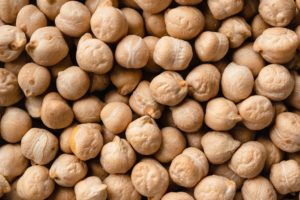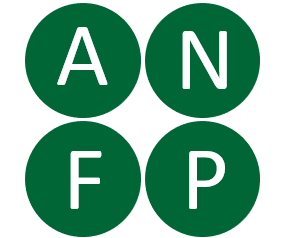Cyclic Integral Agriculture
CIA system offers a sustainable and environmentally friendly approach to agriculture. By incorporating ecological and biological principles into farming practices, farmers can improve soil health, reduce the use of synthetic pesticides and fertilizers, and increase crop yields.
In this domain, our effort is to optimize the utilization of agricultural waste. Through biotechnologies, we are developing protein-rich feed for pigs from agricultural waste. Another goal is to convert waste from cereal production into a substrate that will return nutrients to the soil more efficiently than composting.
An integral part of cyclic integral agriculture is the care for the safety and healthfulness of all outputs. Recently, there has been increasing talk in professional circles about micro and nanoplastics. Therefore, our research also focuses on monitoring micro and nanoplastics in the entire agricultural sector and food production.
Protein Self-sufficiency and return of nutrients to the soil

Our two research goals – protein self-sufficiency and returning nutrients to the soil – are linked by one biotechnology. We are developing a process that will be implementable both in the production of protein feeds and in the optimization of composting agricultural waste.
Project: 2023 – 2027 Sustainable production of a new, functional food with favorable nutritional properties. TACR Trend FW06010036 (co-investigator Sylvie Skalickova)
Research outcomes: in progress
Microplastics circulation monitoring

The sources of microplastics and nanoplastics in the environment are diverse and include sources such as industrial processes, urbanization, and waste management. Once released into the environment, microplastics and nanoplastics can persist for a long time and can be transported over long distances by air and water currents. These particles can also be ingested by animals and plants, leading to potential ecological and health impacts. Understanding the fate and transport of these particles in the environment is crucial for assessing their potential impacts and developing effective strategies to mitigate their release and accumulation.
Aim of the project is development of unique detection platform for micro(nano)plastics in agricultural comodities.
Project: 2023 – 2025 Development of analytical platform for monitoring microplastics circulation in agricultural production. TACR FW 06020224. (Principal investigator Pavel Horky)
Research outcomes: in progress
